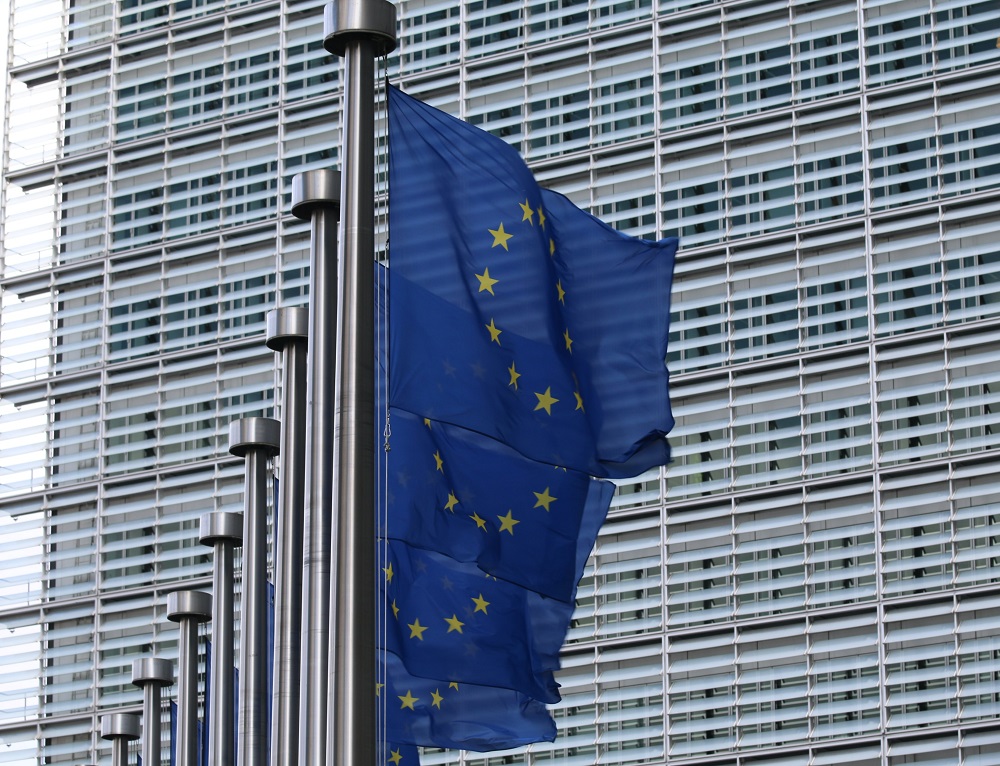Europe is seriously investing in the transformation of the energy infrastructure and almost completely stopping the import of energy from Russia. The focus is, of course, on replacing Russian gas.
Solutions for its replacement are urgently sought, and large funds are invested in this process. A completely new gas infrastructure is needed, which will allow storage of liquid gas, and money is also allocated for its transportation.
Investments in the energy transition are the number one choice of European countries, in the efforts for greater energy independence of the countries of the European Union.
Green energy and increasing the production capacities of this type of energy are in focus. Investments are also made in new capacities, but also in facilitating the procedures for their implementation.
However, despite the political will, there are open issues that require additional solutions. In addition, the fact remains that for energy stability, investments in gas and nuclear energy are also necessary, capacities that will enable an appropriate energy mix and stability of the systems.
This, in turn, will allow economic activities to take place with greater predictability. All investments and political maneuvers are aimed at this imperative. The energy map of the EU and the world is changing and it is increasingly clear that nothing will be the same as before.
The leading economic power of the EU, Germany, which is also the most affected by the energy crisis, started with serious investments and last week launched its first terminal for liquefied gas – LNG. The construction of this facility – a floating terminal located in Wilhelmshaven harbor was completed in a record six months.
According to the plans, operations should start in December of this year. Germany is planning next year to replace 50-60% of its gas needs with liquid – LNG gas.
Another significant energy investment is being realized in the north of Europe. Finland is investing half a billion euros in a new hydrogen plant. The installed capacity is 300 megawatts. This plant is expected to make a significant contribution to the development of the Nordic Hydrogen Group (NHR), which aims to build a hydrogen network by the end of the decade and create an open market.
The NHR initiative and the investments in the projects that are being implemented will encourage further investments in hydrogen. Especially considering that the Nordic hydrogen route aims to connect with the rest of the hydrogen infrastructure in Europe.
It will contribute to the creation of a single market and adequate infrastructure for trade, and transit, but also for the sale of surpluses.
According to certain estimates, the open market will enable the export of surplus hydrogen until 2040. In addition, these projects will contribute to the decarbonization of about 20% of the emissions of Sweden and Finland.
The energy transformation in the Union will enable greater independence of the countries, but at the same time, it opens the possibility for large investments in projects that are spilling out at a fast pace, due to the military crisis with Ukraine. For investors and international financial institutions, the political decision and the need for new sources is just an additional positive signal for investment.

